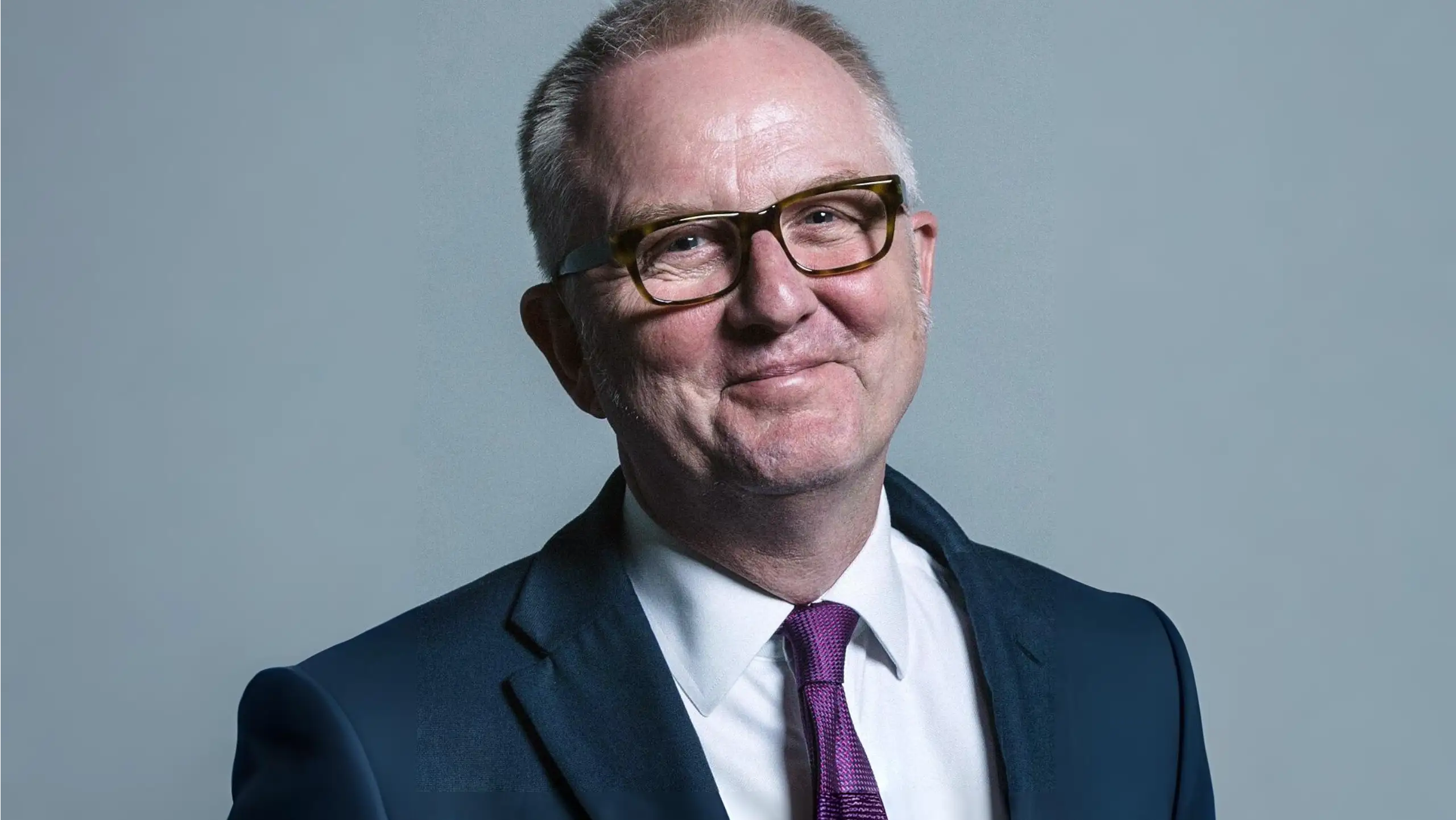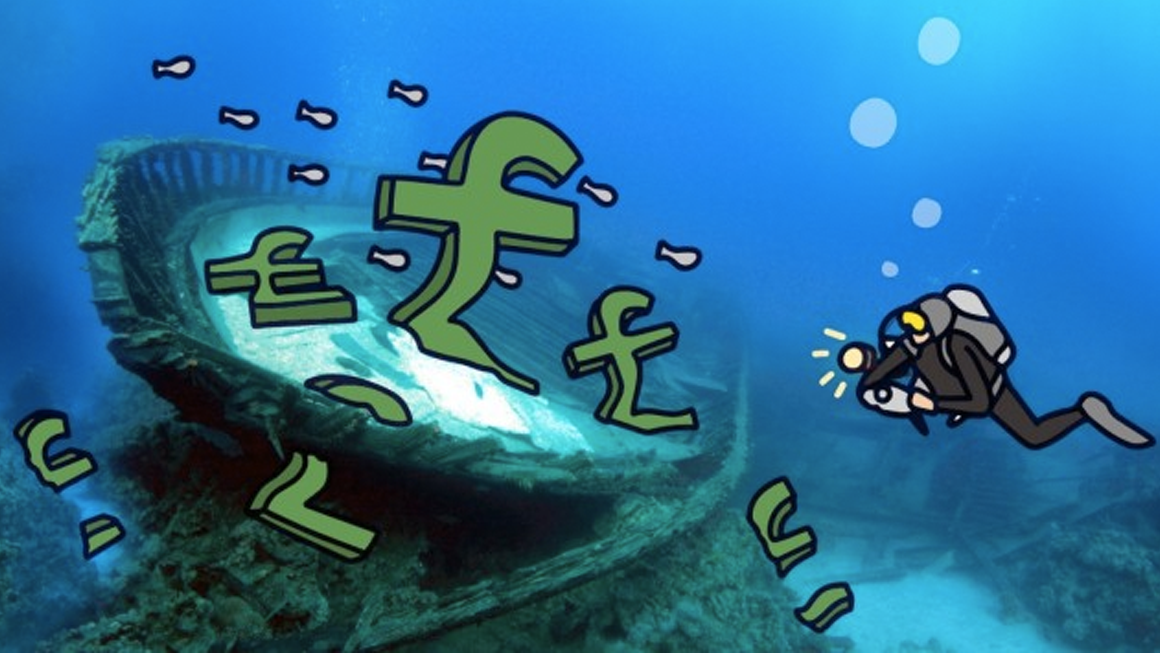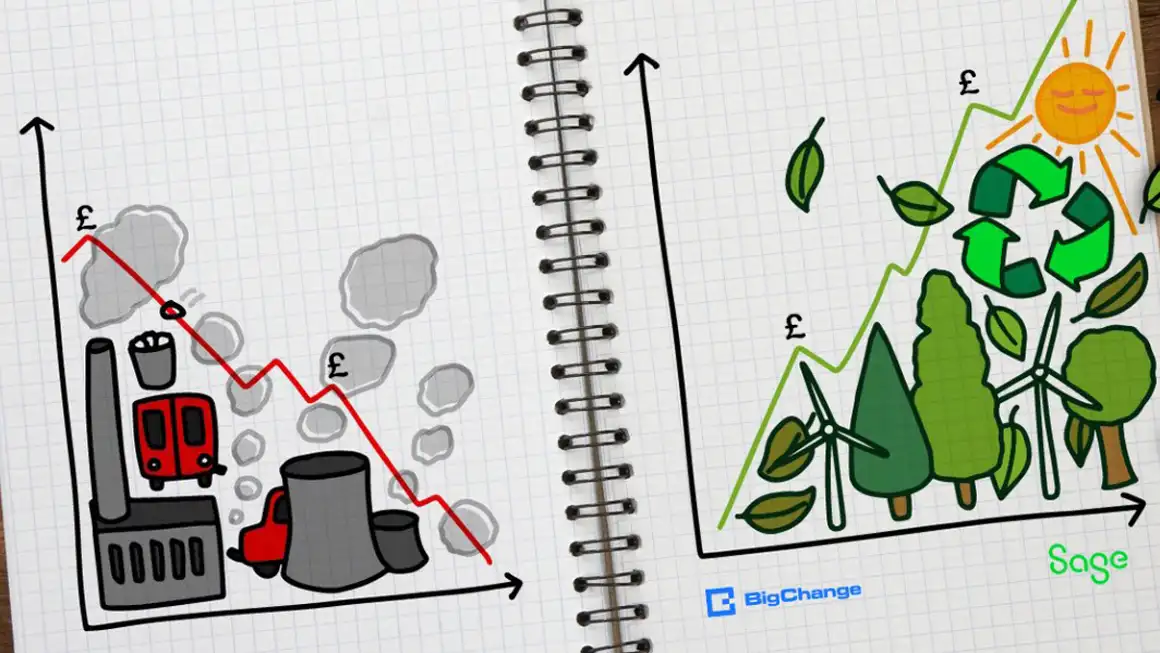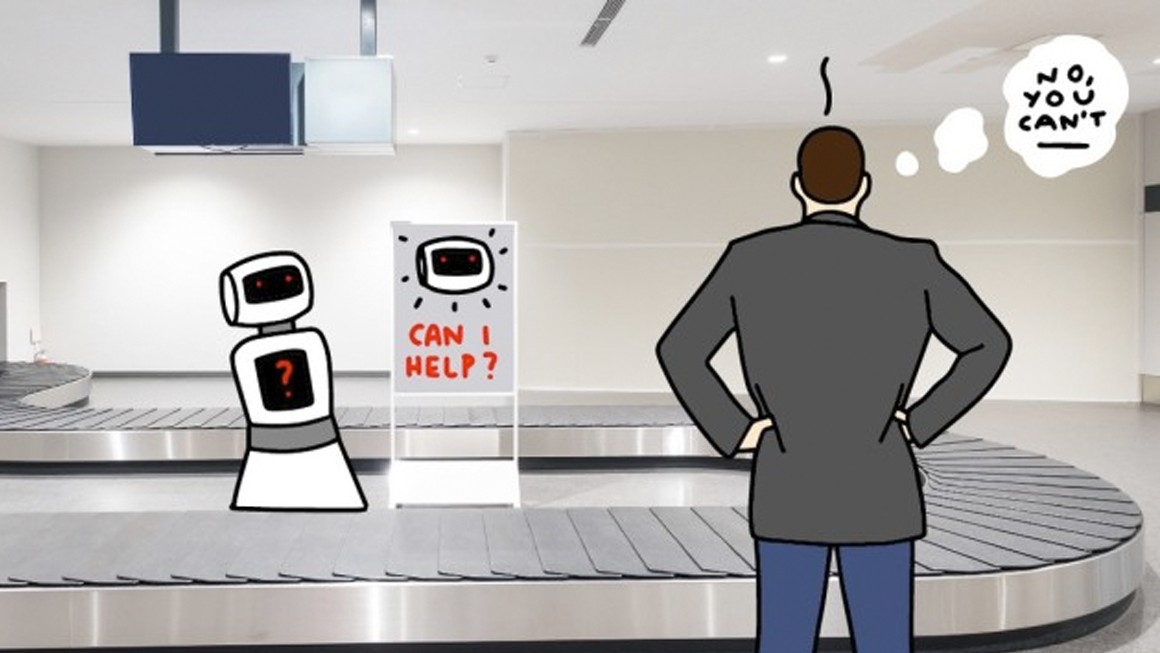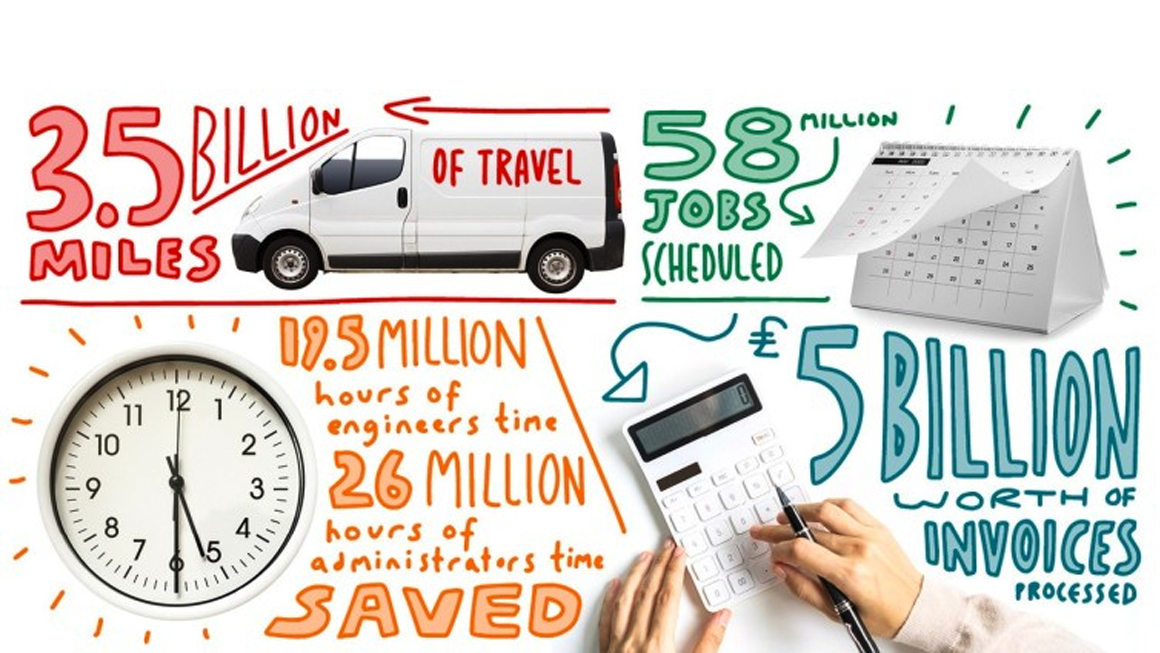LEEDS – July 15, 2025: A former Government minister has joined the board of Build Concierge, the customer engagement platform, after it raised $5.1m (£3.8m) in seed funding from a consortium of private investors.
The deal values the Leeds-based start-up at £35m. The business, which was established in 2024, has built an Al-enabled customer engagement platform, helping businesses to automate customer communications across every channel, using email, text, WhatsApp, chat and voice.
A spokesman said the software boosts productivity and helps businesses to scale rapidly and profitably.
Build Concierge is the fourth business developed by Martin Port, the Yorkshire-based entrepreneur, investor and philanthropist who has been building software companies for almost 30 years.
Mr Port’s previous venture, the workforce management software platform BigChange, was sold to Simpro Group last year in a deal that valued BigChange at more than £300m.
In 2020, BigChange was recognised for its innovation in the Queen’s Awards for Enterprise
Build Concierge has raised £3.8m in growth finance from angel investors, high net worth individuals and Martin Port himself, the statement said.
The statement added:
“Alongside the investment, Build Concierge has announced the appointment of several industry heavyweights to its board. These individuals bring extensive industry experience from Build Concierge’s target sectors.”
“Lord lan Austin, former Labour minister, who is now the UK Government’s trade envoy to Israel, joins Build Concierge as a board observer, bringing decades’ worth of experience in frontline government policy. He is a passionate advocate for tech disruption and automation within the construction sector.”
Robin Proctor brings FTSE 100 experience to the new board. A former Development Director of construction giant Travis Perkins Group, he has held executive roles in Travis Perkins, Wickes and Howdens.
The spokesman added:
“Charlie Kirk, founder and former managing director of drainage firm Jet Aire, built his business over more than two decades to become the leading supplier of drainage services in the North of England, employing more than 170 people.
“As a board member, he will help shape the development of Al tools that allow companies in this industry to scale efficiently.”
Build Concierge founder Mr Port said:
“We are delighted to welcome these luminaries to our board.
“We have spent the past year refining our business model, technology and approach.
“It is a testament to the power and potential of our technology that we have attracted such high-calibre people to the board, and that our first fundraising round was oversubscribed, closing in record time.”
Lord Austin commented:
“Martin’s track record speaks for itself. He has already created two of the most exciting software companies in Europe and Build Concierge has the potential to make an even bigger impact.
“There isn’t a single service business that couldn’t benefit from this Al-powered platform, and no limit to its potential.”
Mr Kirk added:
“This is a really exciting opportunity and I’m very much looking forward to working with Martin and the team.
“Build Concierge’s Al-driven software will be a game changer for many businesses and will help to drive efficiency and growth.”

